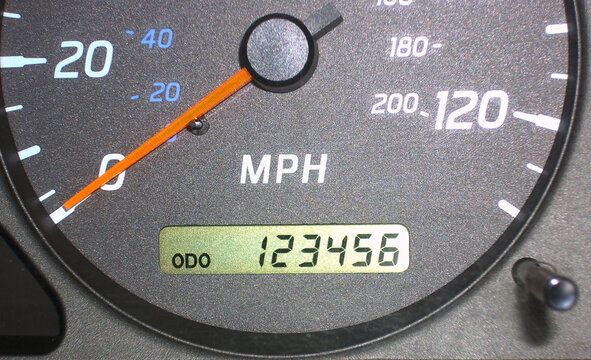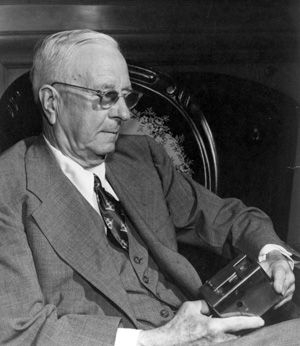What does the odometer of an automobile measure?
Published On 22/5/2024, 8:39:31 pm Author Nitesh YadavEver wondered what the number ticking on your dashboard signifies? Discover everything about car odometers, how they function, and what that mileage reveals!

The odometer is a vital instrument in any automobile, silently keeping track of your car's travels. It's typically located on the dashboard, displaying a number that steadily increases with each mile or kilometer driven. But what exactly does this number represent?
What the Odometer Measures!
An odometer operates by recording the number of wheel rotations and converting these rotations into the total distance traveled. Here’s a detailed breakdown of the process:
Wheel Rotations: As your car moves, the wheels rotate. Each rotation is a fundamental unit of measurement for the odometer.
Distance per Rotation: The distance your car travels with each wheel rotation depends on the wheel's circumference. The circumference is calculated using the formula:
Circumference=Diameter×π(3.14)
For instance, if your wheel has a diameter of 2 feet, the circumference would be approximately 6.28 feet.
- Total Distance Calculation: The odometer keeps a precise count of the total wheel rotations. By multiplying the number of rotations by the circumference of the wheel, the odometer calculates the total distance your car has covered.
Brain behind using odometer in cars
Arthur P. Warner: In 1903, American inventor Arthur P. Warner patented the first automobile odometer. Warner's odometer was a significant advancement, providing drivers with a reliable way to measure the distance traveled by their vehicles.

Throughout the 20th century, odometers evolved from mechanical devices to electronic systems, improving accuracy and reliability. Modern odometers often incorporate digital displays and are integrated with a vehicle's onboard computer system.
You might also like this article on Car's NVH System
















